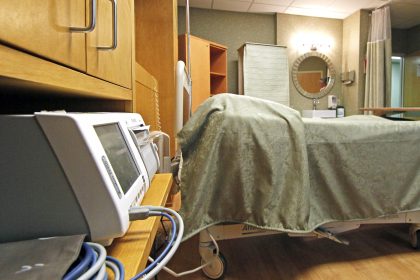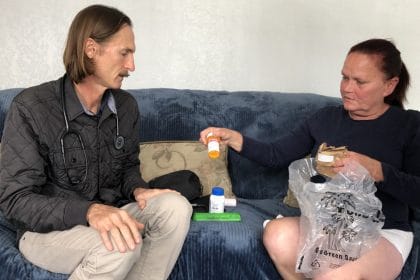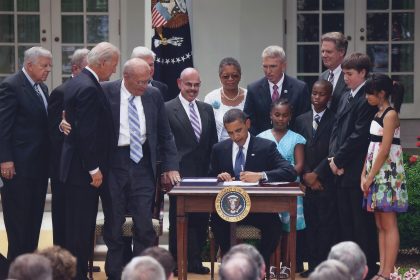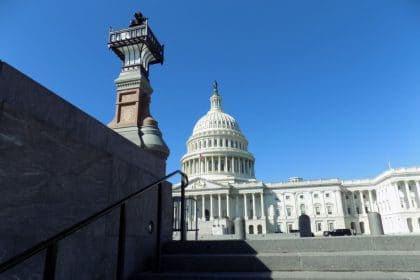Ensuring Equity and Innovation in Kidney Care: a Call to Action During National Kidney Month
COMMENTARY
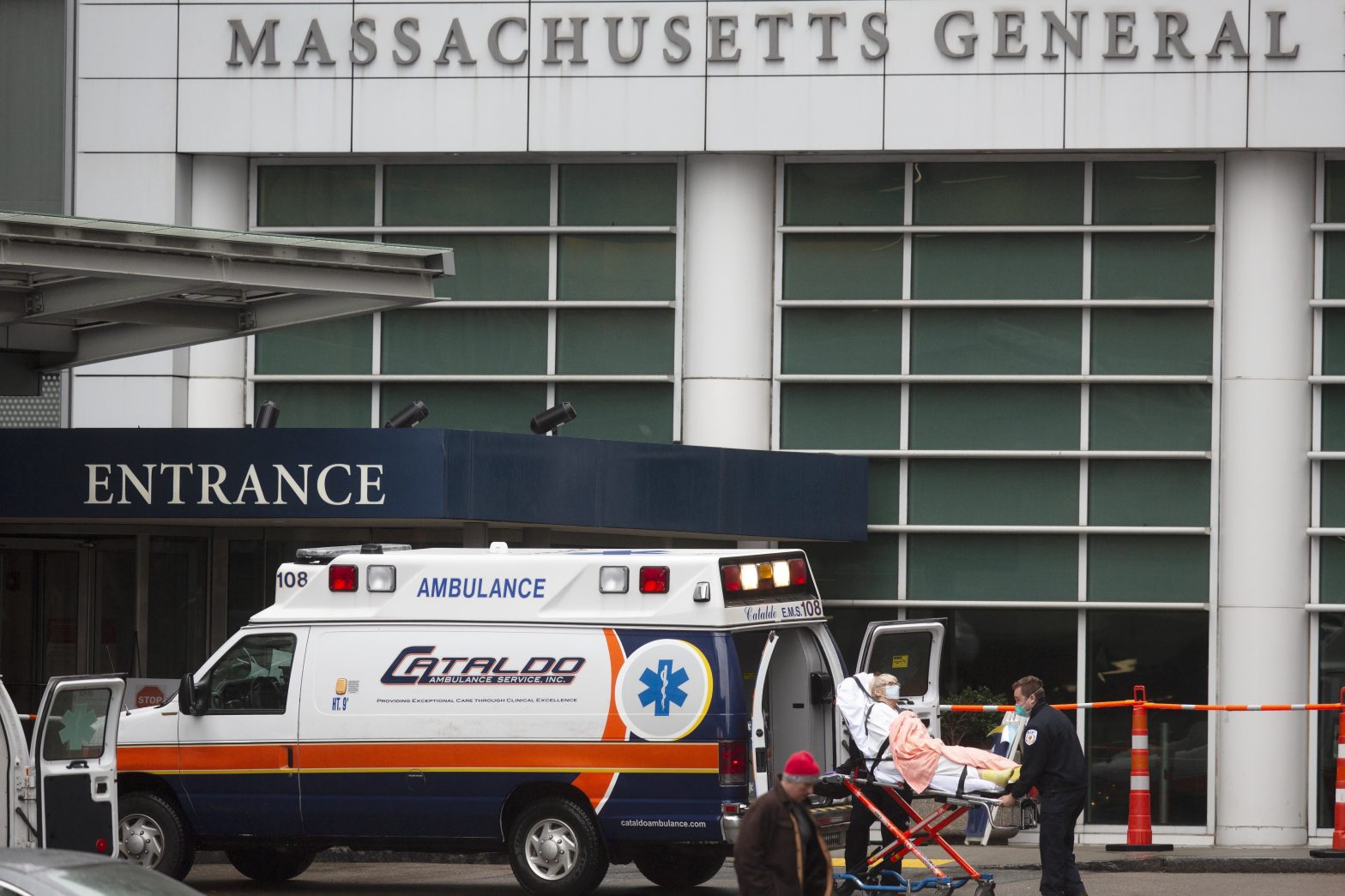
When you woke up this morning, you probably turned on the light, maybe looked at your phone or went to get a glass of water, all without much thought. Electricity, phone service and running water are all essentials that we give little thought to until they’re gone.
The same can be said for your kidneys. Other than bathroom breaks, most Americans pay little attention to these vital organs that filter your blood, manage fluid levels and regulate dozens of other vital biological processes.
That is, until they start to fail.
Chronic kidney disease is the gradual loss of kidney function, usually as a result of diabetes and hypertension, that, without intervention or treatment, progresses to complete kidney failure or end-stage renal disease. While nearly 40 million Americans live with some stage of CKD, approximately 90% are unaware that they have this disease until it has progressed to the extreme, at which point a kidney transplant or dialysis is needed.
As we observe National Kidney Month, there is much to celebrate. Pharmaceutical advances have demonstrated new ways to slow down the progression of kidney disease. There are new attempts to improve access to transplants and address organ shortages. But there are still challenges the large number of Americans living with kidney disease must face, particularly those with the difficult diagnosis of ESRD. The challenges include promoting early detection and awareness, protecting patient coverage choice, incentivizing innovation, preserving access to critical medications, and ensuring a continued and sustainable care infrastructure.
Despite being thrice-weekly and hours-long, patients endure dialysis treatments with resilience and determination.
It’s critical that lawmakers do what they can to assist our nation’s kidney care patients and their families throughout this already challenging process. Coverage of dialysis has been a federal benefit since 1972 and has allowed patients younger than age 65 to stay on their private insurance.
However, the 2022 Supreme Court decision in Marietta v. DaVita has cast a shadow over the Medicare Secondary Payer Act, a critical patient protection law that has enabled this patient choice for 40 years. Designed to safeguard ESRD patients from losing their private insurance and being shifted onto Medicare prematurely, this statute needs immediate attention from lawmakers to restore its intended protections.
The Restore Protections for Dialysis Patients Act, H.R. 6860, aims to prevent discrimination against patients with kidney failure by reinstating the original protections under the MSPA, allowing ESRD patients and their families to maintain access to their private insurance throughout the full 30-month coordination period before Medicare coverage becomes primary.
The majority of those on dialysis are covered by Medicare, but the structure of the current payment system, officially known as the ESRD Prospective Payment System, is fundamentally underfunded and is straining the overall kidney care infrastructure.
As a result, the number of community dialysis centers that have closed in the last few years has reached an all-time high. ESRD is paid for via a “bundled” per-treatment rate that has seen modest adjustments over the years but, overall, has failed to keep pace with the increasing costs of providing care, especially in the post-pandemic inflationary period.
In addition to leading to center closures, this system has made it increasingly difficult to raise investment dollars for research and development for renal patients. While the Centers for Medicare & Medicaid Services has proposed a program to allow new products to join the payment “bundle,” these adjustments have been proven insufficient and resulted in a depreciating pipeline of new drugs and devices.
Given the post-pandemic economic pressures on the Medicare payment system for dialysis, the upcoming inclusion of oral-only phosphate-lowering drugs risks placing a new burden on already strained dialysis facilities.
This policy, which is set to go into effect at the beginning of next year unless Congress acts, requires careful thought and design to ensure that patients, physicians and providers can seamlessly access this class of drugs. Congress has already begun to consider a delay in the implementation of this policy to allow for that needed time.
In 2021, access to Medicare Advantage plans was extended to patients who qualified for Medicare due to their diagnosis. While prior studies have suggested that this coordinated care can improve outcomes, some challenges remain. Regardless of a patient’s coverage choice, we need to ensure that treatment innovations are available to all.
It is also crucial that MA plans provide dialysis provider network adequacy to guarantee that ESRD patients have access to necessary dialysis care, regardless of their chosen Medicare plan. Currently there are no federal requirements that ensure a plan is geographically accessible for enrollees. Inadequate provider networks offered by some MA plans could erode the convenience of outpatient dialysis care, a cornerstone of successful kidney care in the United States.
Across the kidney disease continuum, from CKD to dialysis to transplant, there is clear room for improvement. As we celebrate National Kidney Month, now is the time to unite in advocating for comprehensive reforms that prioritize patient protection, incentivize innovation and guarantee equitable access to high-quality kidney care for all Americans with kidney disease.
Mahesh Krishnan MD, MPH, MBA, is chairman of Kidney Care Partners. He can be reached by email.

















